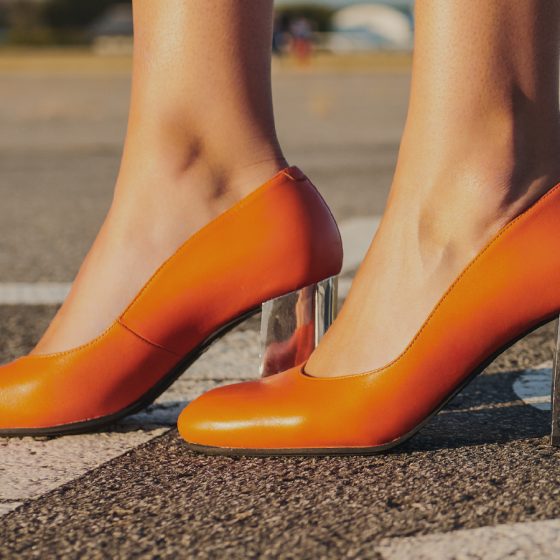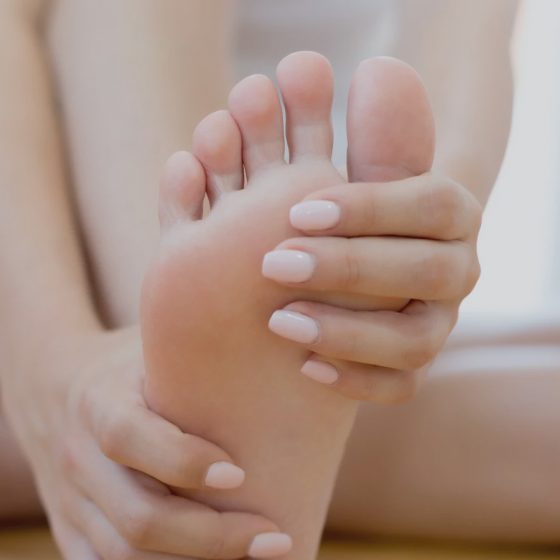Professionals are always subjected to several hazards during daily work activities, which can lead to injuries and/or diseases. Our feet are an important part of our body but they are at risk of everyday mishaps which can take its toll on our health. Up to 42% of the adult population are affected by foot pain at any given time, which accounts for close to ¼ of the world population. [1]
For this article, I’ll focus squarely on the most common of foot problems: fungal infections. Despite external sources playing a major role, inadequate shoes and shoe materials are also a root cause of foot problems. Did you know that are more than 100 different species of fungi and other bacteria present in our feet? Recent studies show that these fungi inhabit one of three areas: plantar heel, toenails and toe web. [2]
Literature shows that taking your shoes off at airport security checkpoints can expose your feet to fungi damage and foot-related injuries, such as athlete’s foot. Health specialists have identified late summer as a time when people are more prone to fungi. Cabin crews and airline professionals are always in contact with these hazards given the nature of their work.[3]
But how exactly can shoes help you prevent foot problems? Shoes are your first line of protection against these maladies. Several high-tech features can be found on shoes which will provide your feet with adequate protection, such as:
- Alarm-free (if they don’t beep at security checkpoints, you won’t have to take your shoes off);
- Good sweat release (natural leathers can get rid of sweat much easily);
- Breathable upper (avoid synthetic materials, only wear leather with good vapor permeability);
- Innocuous leather (anti-microbial materials in the footbed can prevent fungal and bacteria growth).
Skypro shoes are specifically made to include these features. This is possible, because we aim to provide you with the best in safety, protection and care for airline professionals.
References
[1] Hawke, F., Burns, J., Understanding the nature and mechanism of foot pain, J. Foot & Ankle Research, 2:1, p.1-11, 2009. [2] Findley, K., Oh, J., Yang, J., Conlan, S., Deming, C., Meyer, J. A., Schoenfeld, D., Nomicos, E., Park, M., NIH Intramural Sequencing Center Comparative Sequencing Program, Kong, H. H., Segre, J. A., Topographic diversity of fungal and bacterial communities in human skin, Nature, 498, p. 367-370, 2013. [3]









